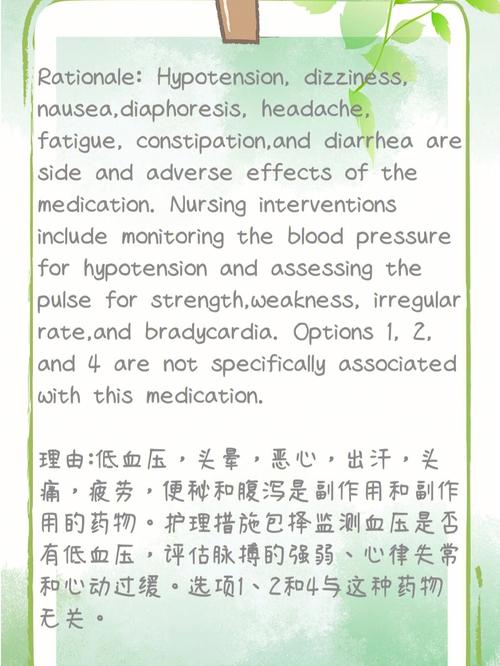
Understanding Pre-Op Eye Drops for Cataract Surgery
When preparing for cataract surgery, one of the most crucial steps involves the use of pre-operative eye drops. These drops play a vital role in ensuring the success and safety of the procedure. In this article, we will delve into the details of pre-op eye drops for cataract surgery, covering their purpose, types, administration, and potential side effects.
Purpose of Pre-Op Eye Drops
Pre-operative eye drops are designed to prepare the eyes for surgery by reducing the risk of infection, minimizing inflammation, and ensuring that the eyes are clean and free from any foreign particles. These drops also help in preventing the formation of blood clots and maintaining the integrity of the cornea during the surgery.
Types of Pre-Op Eye Drops
There are several types of pre-op eye drops used for cataract surgery, each serving a specific purpose. Here are some of the commonly used types:
| Type of Eye Drop | Purpose |
|---|---|
| Antibiotic Eye Drops | Prevent infection after surgery |
| Anti-inflammatory Eye Drops | Reduce inflammation and swelling |
| Mydriatic Eye Drops | Widen the pupil to allow better access for the surgeon |
| Anticholinergic Eye Drops | Prevent the muscles of the iris from constricting during surgery |
Administration of Pre-Op Eye Drops
Administering pre-op eye drops is a straightforward process. Here are the general steps to follow:
- Wash your hands thoroughly with soap and water before applying the drops.
- Remove the cap from the eye drop bottle, ensuring that the tip does not touch any surface to prevent contamination.
- Have someone help you if necessary, or sit in a comfortable position where you can see the eye clearly.
- Look up and pull down your lower eyelid to create a small pocket.
- Instill the prescribed number of drops into the pocket, being careful not to touch the eye with the tip of the bottle.
- Close your eye gently and press on the inner corner of your eye for about a minute to prevent the drops from draining away too quickly.
Timing of Pre-Op Eye Drops
The timing of pre-op eye drops varies depending on the type of surgery and the instructions given by your ophthalmologist. Generally, you will be advised to start using the drops a few days before the surgery and continue for a few days after the procedure. It is crucial to follow the prescribed schedule to ensure the best results.
Potential Side Effects
While pre-op eye drops are generally safe, they can cause some side effects. Common side effects include:

- Burning or stinging sensation upon application
- Redness and irritation of the eyes
- Blurred vision
- Increased sensitivity to light
In rare cases, more serious side effects such as allergic reactions or increased intraocular pressure may occur. If you experience any severe or persistent side effects, contact your ophthalmologist immediately.
Conclusion
Pre-op eye drops are an essential component of cataract surgery preparation. By understanding their purpose, types, administration, and potential side effects, you can ensure a smooth and successful surgery. Always follow your ophthalmologist’s instructions and attend all pre-operative appointments to address any concerns and ensure the best possible outcome.

